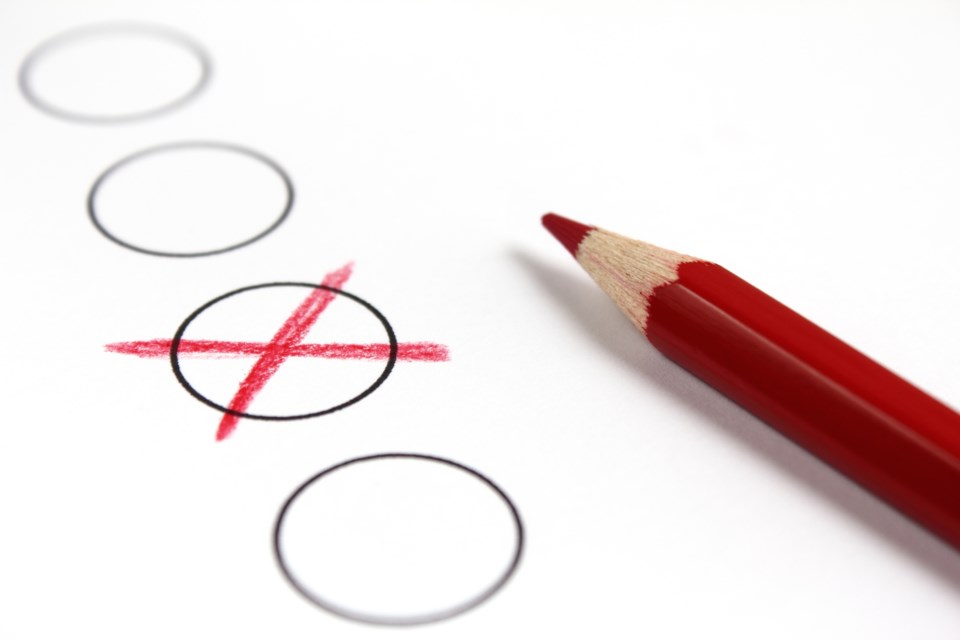It’s election night, October 24, and major news networks are announcing that John Horgan’s NDP appears to have won a plurality of seats, but not enough for a majority government.
Weeks later, after all mail-in ballots are all counted, Elections BC announces the NDP managed to secure a majority of seats.
That is just one of the possible scenarios that could play out for the October 24 election, due to the pandemic.
It is expected that fear of contracting the COVID-19 virus, especially among older voters, will result in a record number of people staying home and voting by mail.
In the past, only about one per cent of B.C. voters cast their vote by mail. But based on surveys, Elections BC said voting by mail could be as high as 35 to 40 per cent—about 800,000 voters.
Elections BC officials said Tuesday that they have already received 20,000 requests for mail-in ballots. To put that in perspective, only 6,500 people voted by mail in the last election.
Mail-in votes must be received by 8 p.m. on Oct. 24, which means they need to be in the mail well before that date.
Elections BC doesn't even start tallying mail-in ballots until after a 13-day wait period. A major increase in voting by mail could mean a longer delay in getting a final count. Elections BC has no idea how many weeks it could take before there is a final count.
It typically takes a minimum of 17 days for a final count.
"If there more absentee ballots, significantly more, it's going to take longer," said B.C.'s chief electoral officer Anton Boegman in a press briefing Tuesday, Sept. 22.
Voters who elect to vote by mail will have to do their own research on candidates for their riding. A full list of candidates won't be known by the time the mail-in ballots are sent out.
Voters will therefore need to research who the candidates are in their riding and then note their candidate of choice.
For those who decide to vote in person, enhanced cleaning and other special measures will be in place.
“Voting in person will be different than past elections,” Boegman said.
Elections are typically “high-touch” activities. This time around, voting procedures will reduce physical contact.
There may be fewer scrutineers allowed in voting halls. Voters will not sign voter registration books, but will affirm their identity verbally. Voters are asked to wear masks, but they will not be required.
They will be asked to sanitize their hands before and after voting, and are asked to bring their own pencils for marking ballots.
An additional day of advance voting is being added, providing seven days of advance voting, from October 15 to 21.
Voters who vote in person are asked to vote at their assigned voting hall, but it’s not required—they can vote at any voter hall.
There will be capacity limits in voting halls, so there could be long lines outside of polling halls. Should weather be bad, bring an umbrella and dress appropriately.
To request a mail-in ballot, contact Elections BC online or call 1-800-661-8683.
The original story appeared here.




